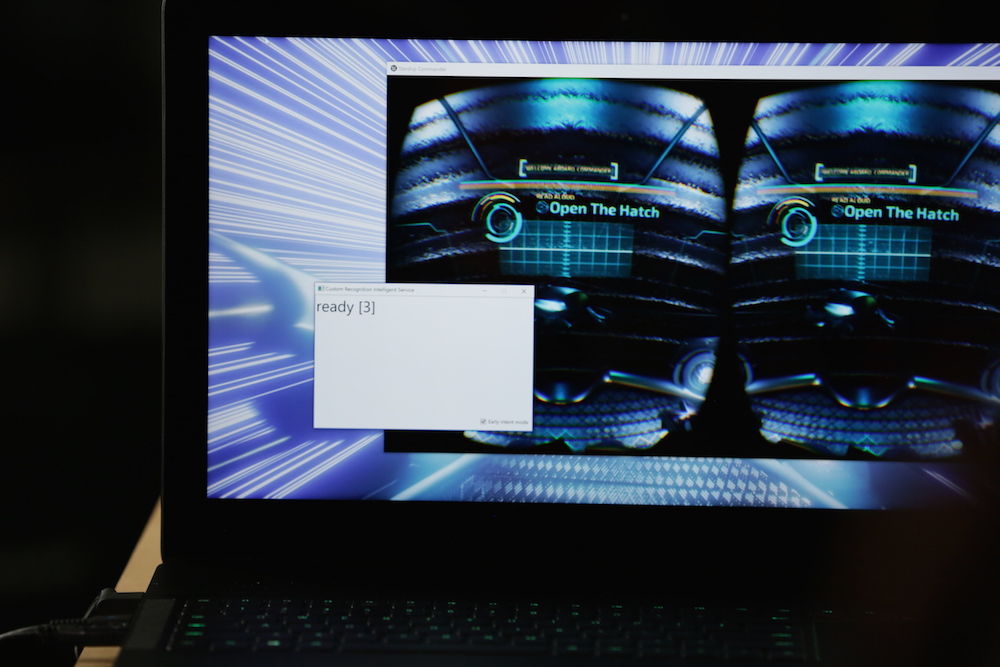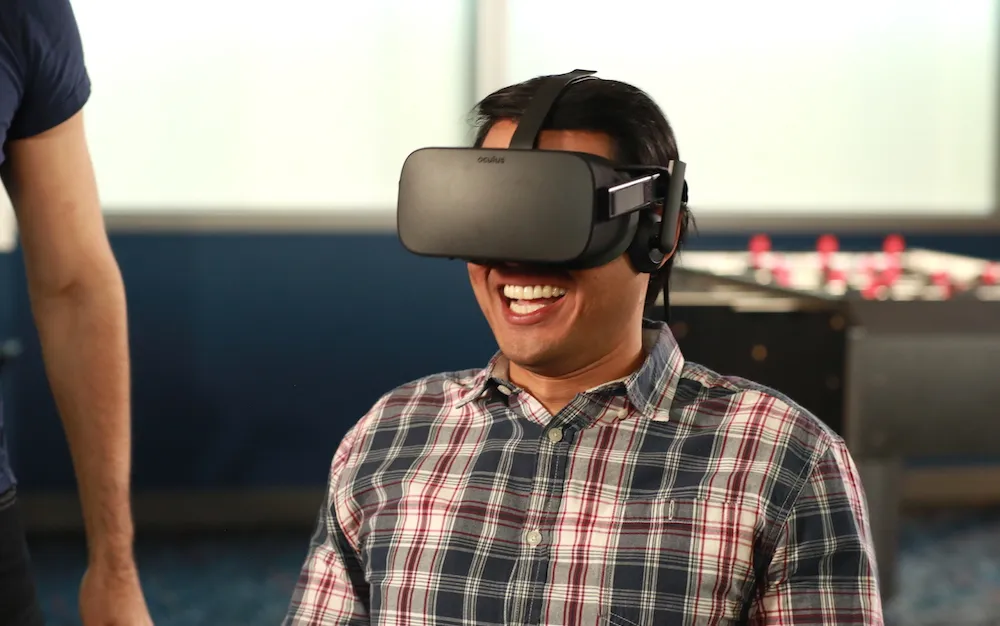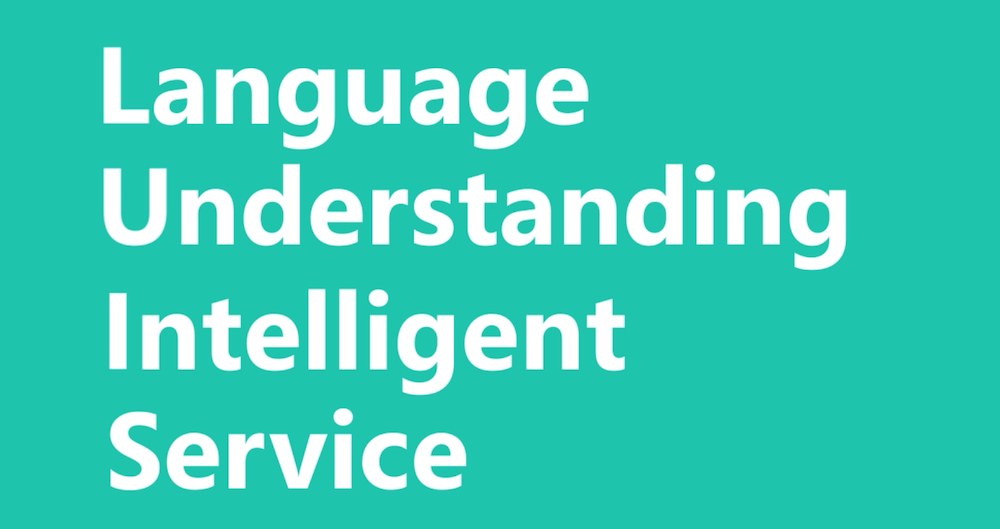You may not be aware of this but for years now Microsoft has been steadily working to build the world’s smartest computer brain. Now, that brain is getting a whole lot smarter.
Meet CRIS and LUIS
Today, Microsoft is announcing Custom Speech Service, the latest program to join the ranks of Microsoft Cognitive Services. This is a suite of innovations that tackle emerging AI issues like computer vision and machine learning. Custom Speech Service is a highly adaptable voice-to-text program that is being positioned as a much more intelligent version of Siri or the Google Assistant.
Custom Speech service combines two bleeding-edge technologies to achieve this next generation capability. The first is known as CRIS, or Custom Recognition Intelligent Service. According to Microsoft, CRIS:
“…Provides companies with the ability to deploy customized speech recognition. The developer uploads sample audio files and transcriptions, and the recognizer is customized to the specific circumstances. This can make recognition far better in unusual circumstances, such as recognition on a factory floor, or outdoors.”
Essentially what this means is that CRIS allows a given organization to build its own unique lexicon of voice commands to make specialized voice-to-text commands work better. So a hospital, for example, could build in a complex list of procedures or afflictions for patients to enquire about.
Joining CRIS to make Custom Speech Service as powerful as possible is LUIS (Language Understanding Intelligent Service). LUIS is described by Microsoft as an “intent engine” and with its help computers can understand the meaning behind our words. For example, what happens in current voice commands is that a specific word or phrase is mapped intentionally by a programmer to a given action. “Find coffee” or “take me to coffee” will both bring up your maps application and direct you to a nearby coffee shop. With LUIS, however, you could say “find coffee, take me to coffee, I need coffee, I need a little pick-me-up, I can’t keep my eyes open, etc.”
LUIS is trained to understand what we mean, not just what we say, and with its help a much larger swath of voice commands can be usable to consumers with much less effort on the part of programmers.
Starship Commander – VR Powered by Voice
Custom Speech Service is just that, a service. Microsoft itself is not necessarily building a product around the program. That job falls to clients such as Human Interact — a virtual reality content studio.
Human Interact’s debut project is Starship Commander, a voice-powered VR experience that takes full advantage of Microsoft’s powerful new tools. UploadVR had the chance to visit try Starship Commander firsthand and what we found is the most sophisticated voice interaction engine we’ve yet to see in an immersive application.
Starship Commander is more interactive film than pure game and the entire thing revolves around voice. You play as the pilot of an interstellar spacecraft, joined on your mission by a supercomputer and a holographic superior officer. You interact with both of these characters through voice commands with world of branching options to explore. In my short demo I experienced maybe 20 lines of dialogue, but the developers explained that this was barely scratching the surface of the hundreds they had programmed.

Starship Commander was built using CRIS and LUIS and, as a result, the characters in the game were able to understand and respond to unique vocabulary about spaceships and aliens. Thanks to LUIS They were also able to understand correctly what I wanted to do even if the exact phrasing I used had not been manually mapped to a given outcome. By saying “let’s move on” I was able to advance the story. Even though that particular combination of words was not attached to that specific command, the experience was able to read my intent thanks to Microsoft’s brand new bag of tricks.
With Custom Speech Service and an entire fleet of Cognitive Services (eight are available now with 17 in preview to select developers), Microsoft is on a mission to “make AI available to every organization and every person.”



























